Diseases Caused by Fleas, Ticks and Other Insect Bites
Our beloved pets are likely to get affected by external parasites and insect bites when exposed to outdoors such as dense and wooden vegetation or indoors where fleas can reside like carpet fibers and under furniture. The transmission of pests can also occur via other pets.
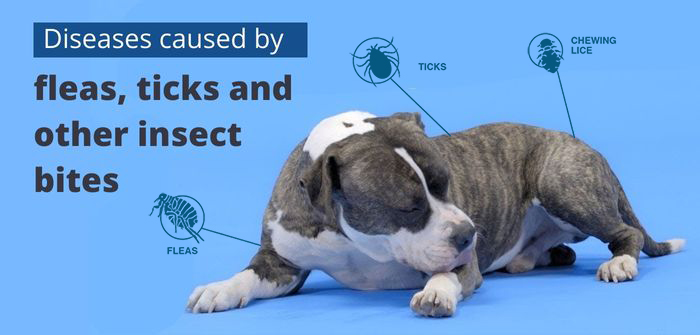
The tiny blood sucking parasites can do more harm to our pets than irritating the skin. If the right treatment and preventive is not given to the pet, it can result into a infection and diseases. In order to prevent parasitic diseases in dogs it’s crucial to acknowledge the different types of diseases so you can have better understanding for its treatment and prevention.
Diseases spread by ticks
Ticks attach themselves to passing animals and reside in vegetation. Flea allergic dermatitis and tapeworm infections are common tick-borne diseases. Moreover, Anaplasmosis, Babesiosis, Lyme disease, Ehrlichiosis, Rocky Mountain illnesses are also transmitted by ticks.

These diseases may cause symptoms such as fever, drowsiness and joint discomfort or swelling in addition to limping and enlarging of the lymph nodes. Along with catastrophic cardiac and neurological consequences, these symptoms can develop into kidney failure, which may be deadly.
Flea’s ability to spread diseases
Dogs and cats are constantly being parasitized by fleas. A little intestinal worm called Dipylidium caninum can infect your pets when they consume fleas that are bothering them. Cat’s scratch disease which is also known as bartonellosis, is an infection that can occasionally be acquired by individuals who have been scratched and is caused by a bacterium that is spread by fleas. Your dog may experience the following symptoms as a result of flea bites:
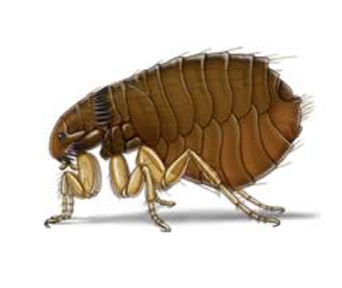
- Intense skin discomfort and irritation that is present in areas other than the bites themselves.
- losing hair
- Skin maladies
Tapeworms spread by fleas
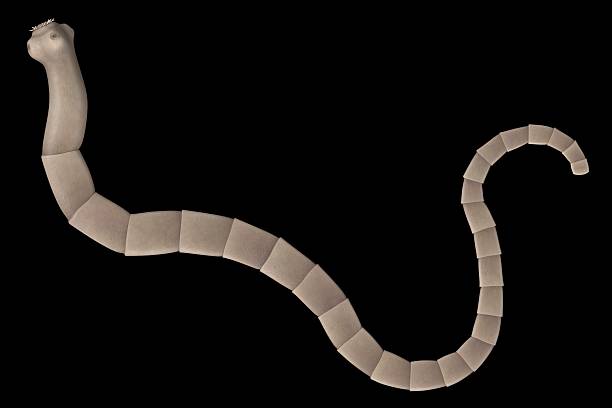
Dogs can sometimes swallow fleas while they are biting at irritated skin from flea bites or from licking or grooming their fur. If any of these ingested fleas have been infected with tapeworms, there is a possibility that your dog can get infected as well. Once within the digestive tract, the tapeworms will attach to the intestinal lining. If your dog has been infected with tapeworms, you can usually see worms or some other pieces near your dog’s back.
Sandfly-transmitted diseases
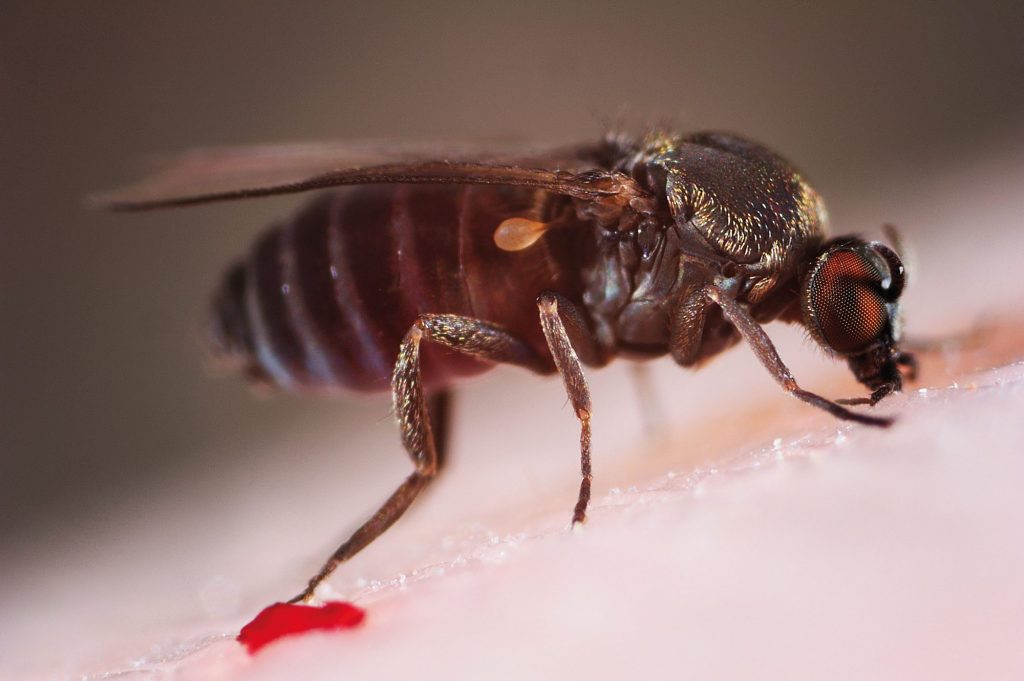
Small flying insects are called sandflies. They have the ability to spread the leishmaniasis agent to people, dogs, and, much less frequently, cats. Although this illness is common in the Mediterranean region, it is spreading northward.
Some pets experience a silent infection, showing no symptoms or warning signs. Clinical signs of infection appear as b. The size and form of the sores can change over time. Initially appearing as bumps or nodule lumps, the sores may develop into skin ulcers that may be covered by scabs or crust. The sores can be irritating even though they rarely hurt. Some individuals have enlarged glands close to the lesions present under the arm if the sores are on the arm or hand.
Illnesses spread by mosquitoes
Heartworm illness, a condition brought on by worms that settle under the skin, can be transmitted by mosquitoes in the south-east of France. Some worms can get stuck in the heart’s blood arteries and impair heart function.

The symptoms that dogs may experience range from a mild cough to complete heart failure. There can sometimes be no symptoms too. Cats usually carry a lot less worms, but they are more susceptible to the larvae. The larvae can cause an asthma-like strong inflammatory reaction in your pet.
Respiratory diseases can sometimes be fatal due to inflammation. Heartworm disease is very painful and it is not pocket friendly to treat once it has been contracted by your pet. In a dogs’ case, a single worm injection that is administered many times over the time of a month will get rid of adult heartworms. There is no particular treatment available for cats yet, only some supportive care can be given.
What are the treatments to prevent flea and tick bites, and why are they crucial?
Preventing infection is crucial because fleas and ticks can harbor and spread diseases. Medications known as preventatives can be administered to your dog on a regular basis and safely to stop fleas and ticks from attacking him. They are offered in a selection of convenient dosages and formats.
There are majorly three types of treatment based on the form of administration i.e. oral, spot-on and collar. These treatments are administered on monthly or at regular intervals. It not only kills existing fleas and ticks but also prevents its population and reinfestation.
Check out the best of these treatments on VetSupply. You get the best of brands and best selling products everything on Sale. Below are some of the popular preventive treatments you can purchase for your pet.
1 – Nexgard (afoxolaner)
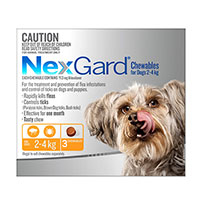
Administered to: Dogs and puppies above 8 weeks of age
Used for: Flea and tick treatment
Duration of the treatment: 30 days
Buy Nexgard Now
2 – Bravecto (fluralaner)
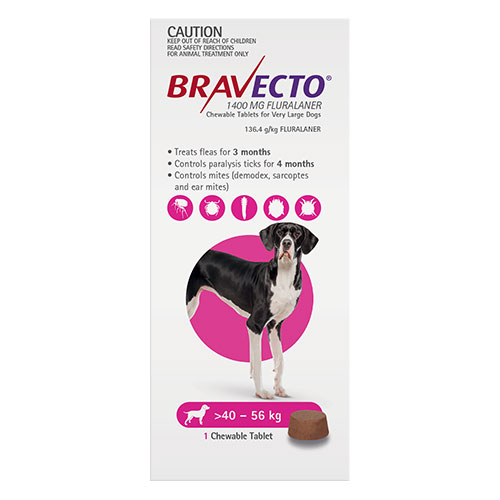
Administered to: Dogs above 8 weeks of age
Used for: flea and ticks treatment
Duration of the treatment: 12 weeks of extended protection
Buy Bravecto Now
3 – Simparica TRIO (Sarolaner, Moxidectin and pyrantel)
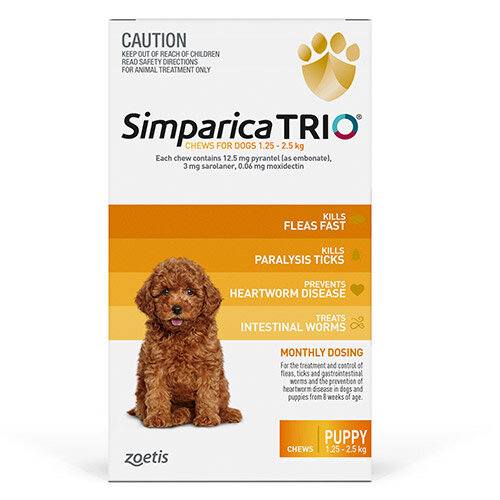
Administered to: Dogs above 8 weeks of age
Used for: Heartworm prevention treats ticks and Fleas, treats Roundworms and Hookworms
Duration of the treatment: Monthly
Buy Simparica Trio Now
4 – Revolution Plus (Selamectin and Saraloner)
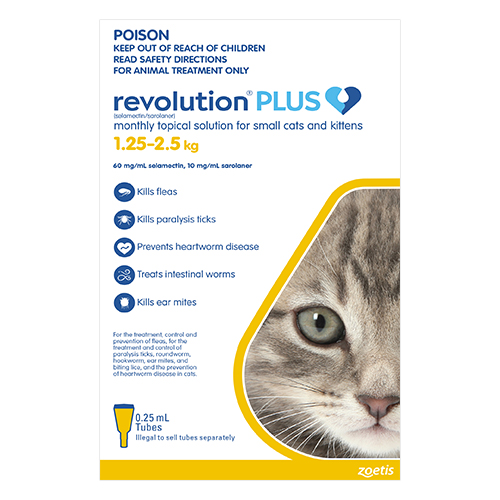
Administered to: Cats above 8 weeks of age
Used for: Fleas, Ticks, Ear mites, Roundworms, Hookworms, Heartworms
Duration of the treatment: Monthly
5 – Heartgard Plus (ivermectin/pyrantel)
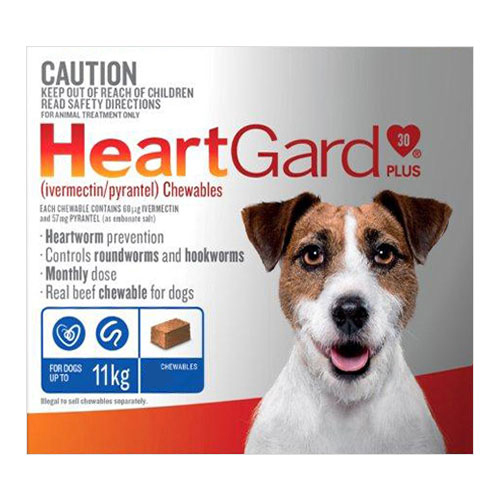
Administered to: Dogs above 6 weeks of age
Used for: prevention of heartworm and treatment of internal parasites
Duration of the treatment: Monthly
Buy Heartgard Plus Now
Bottom Line
The tiny little parasites can harm our pets more than we think. However, taking preventive steps on right time can be extremely helpful. Along with the preventive treatment, right pet food and hygiene practices can also do wonders in a long run. Nutritional food will boosts your pet’s immune system, while regular grooming and shampooing will lower the chance for flea and tick infection.

